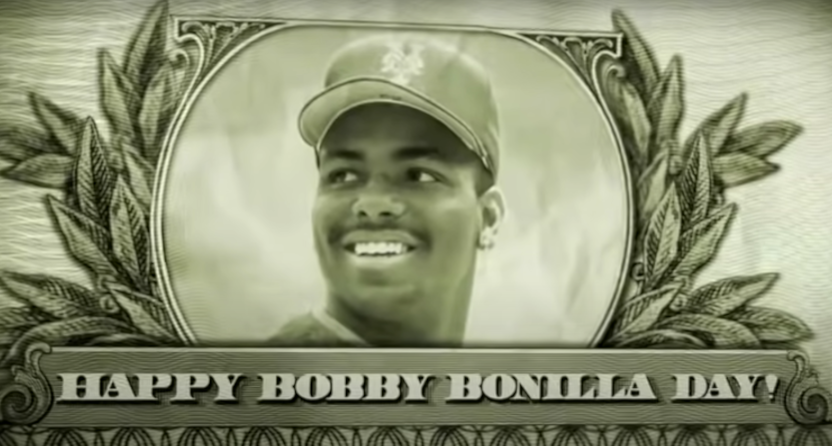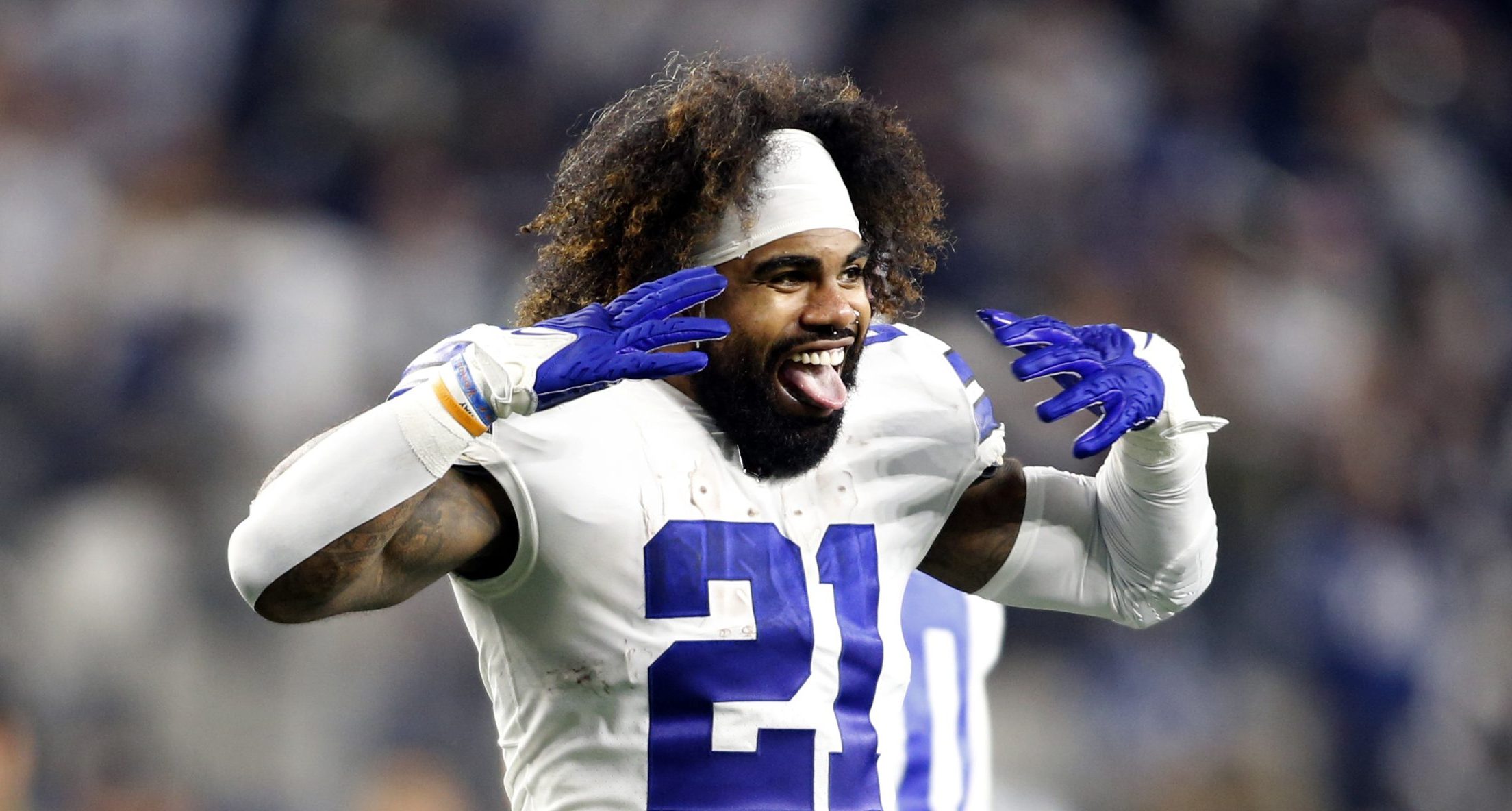July 1 is known for many different things. It’s the first full day of NBA free agency (which used to be more important before that was moved up half a day for TV reasons), it’s the anniversary of the charge up San Juan Hill, and it’s Canada Day. But there’s also another important anniversary commemorated on this day: Bobby Bonilla Day. Under the contract Bonilla signed with the New York Mets in 1991 and the buyout agreement he negotiated in 2000, he receives $1.19 million from the team every July 1 from 2011-35. As expected, that gets a lot of Twitter chatter every July 1, and some of this year’s crop is pretty funny:
Happy Bobby Day!
The #Mets will pay Bobby Bonilla another $1,193,248 today.
Instead of a $5.9M buyout in 2000, NY offered 25 payments of $1.19M from 2011-2035.
— Spotrac (@spotrac) July 1, 2022
https://twitter.com/MikeGianella/status/1542816781227663360
It's just me. The kid who refused to dress up as Dracula or Frankenstein one Halloween and insisted that I MUST wear a full Bobby Bonilla uniform for Halloween in 1993.
And I approve of this #BobbyBonillaDay message 👍 https://t.co/aemK8ELFsP pic.twitter.com/rRp8VDEUMT
— Dan Marrazza (@DanMarrazza) July 1, 2022
https://twitter.com/MadMaxMKE/status/1542726808742907905
Even Mets owner Steve Cohen got in on the fun:
I hope everybody is enjoying my favorite day of the year , Bobby Bonilla Day
— Steven Cohen (@StevenACohen2) July 1, 2022
Yes, there are lots of other contracts with deferred money (Ken Griffey Jr. is the sixth-highest-paid Reds’ player this year!), but Bonilla’s is perhaps particularly notable considering how long it’s been since he played (he last played for the Mets in 1999, his last MLB season was 2001 with the Cardinals) and how much more the Mets are paying him this way than if they’d just given him that $5.9 million buyout in 2000. The 25 payments of $1.19 million add to $29.75 million, more than five times as much. And yes, while inflation is a consideration, it’s not enough of one; the Bureau of Labor Statistics’ inflation calculator (based on the Consumer Price Index) has $5.9 million in January 2000 worth $9.8 million this January, just 1.67 times as much.
And yes, early money can be better than later money with the right investments. But Bonilla would have had to invest quite well to get as much; playing with the SEC (not that one) compound interest calculator reveals that $5.9 million with a compound interest rate of 4.75 percent, compounded once annually, would lead to $29.94 million across 35 years. So to be better off from taking the $5.9 million in 2000, Bonilla would have had to find investments that produced at least a 4.75 percent return annually (and avoid a lot of market crashes along the way). Part of the possible Mets’ rationale for this arrangement was thinking they could do better than that return thanks to their own investments with Bernie Madoff, but that turned out to be the largest Ponzi scheme in history.
Funnily enough, the Mets are not the only MLB team still paying Bonilla. The $1.19 million annual payments are under his one contract with the Mets, but he has another one with the Mets and Orioles that pays him $500,000 annually. Those payments started in 2004 and will run until 2028.
[ESPN]; image from a 2017 ESPN feature on YouTube]







